The caracal is a slender, medium-sized wild cat found throughout Africa, Central Asia, India, and the Middle East.
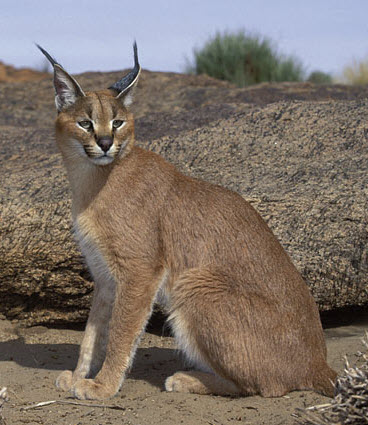
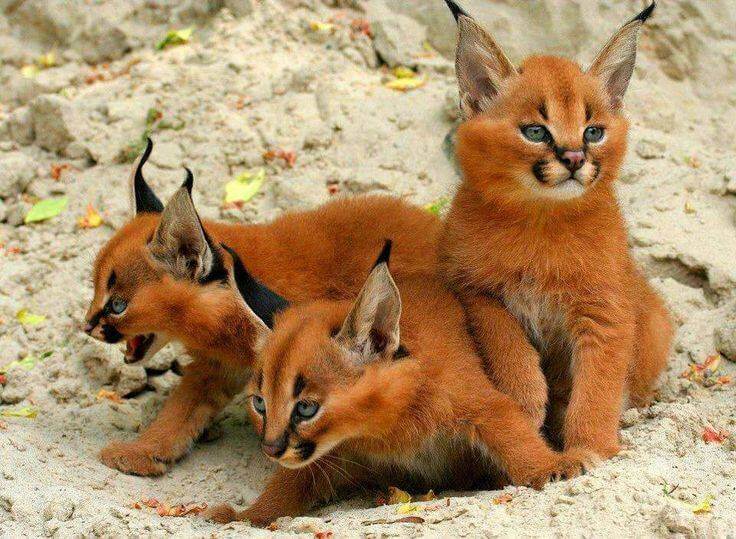
Scientific Name: Caracal caracal
Conservation Status: Least Concern
Although the cat’s conservation status is listed as Least Concern, it is Threatened in North Africa and Critically Endangered in Morocco.
Subspecies:
- Asiatic caracal (Caracal caracal schmitzi) – Asia/Middle East
- Southern caracal (Caracal caracal caracal) – Southern and Eastern Africa
- Northern Caracal (Caracal caracal nubicus) – North and West Africa
Lineage – The caracal is part of the Caracal lineage. There are two genus (Leptailurus, Caracal) that are part of this lineage and a total of three species, including the serval and African golden cat.
Meaning of the name: Its name combines two Turkish words “Karah-kulak” meaning “black” and “ear” (cat with black ears). Locally it is referred to as the African lynx, desert lynx and Persian lynx.
Interesting Caracal Facts
- The caracal is related to the African golden cat and serval.
- Their name means “cat with black ears”.
- According to a recent study, the caracal is a million years older than the lynx.
- Caracals were trained and used in hunting by Indian royalty.
- Caracals can have up to six kittens per litter.
- They are excellent climbers, can jump 6 to 10 feet in the air, and are extremly agile.
- Some caracals are all black.
- They have 20 different muscles in their ears.
- Because of their tufted ears, they are sometimes confused with a lynx.
- The are capable climbers.
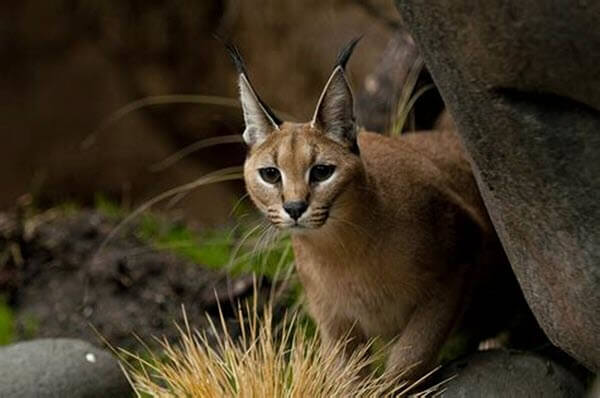
More about Caracals
Origin and history
The caracal lineage (serval, caracal, and African golden cat) separated from a common Asian ancestor around 8.5 million years ago. The serval evolved around 5.6 million years ago, and the caracal and African golden cat seperated from each other around 1.9 million years ago.
Physical Appearance
The caracal has a solid build, long legs, a short face, and tufted ears. They are the largest of Africa’s small wild cats, with males reaching 31 inches in length and females 29 inches in length. A vital feature of the cat is the black tufts on its ears. The cat’s fur is generally a red-tan or sand, although some black caracals have also been seen. Dark lines and white spots can be found near the nose and eyes. The fur is short and thick, and the cat’s back legs are longer than the front.
Territory
The caracal inhabits an area that extends from Africa to Asia, including Turkey, the Arabian Peninsula, the Middle East, and India. It can be found in many environments, such as semi-deserts, savannahs, shrublands, steppes, forests, and woodlands. It prefers dry areas with very little rainfall.
Caracal Behavior
Caracals are mostly solitary animal, but will sometimes live in pairs. They are considered elusive – difficult to find or observe.
Hunting and Prey
Caracals are usually nocturnal but can also be seen during the day. Even though it is an excellent climber, it usually hunts on the ground. Typical prey include hares, antelopes, gazelle, rodents, hyraxes, birds, mice, fish, and reptiles. It can jump up to 10 feet in the air to catch birds. Caracals also prey on domestic animals like sheep, goats, and chickens.
Reproduction and Lifespan
Caracals live alone or sometimes in pairs. Breeding occurs on and off throughout the year. Females are pregnant for 78 to 80 days. Litters range from one to six kittens. The average lifespan is 16 years.
Caracal Conservation
The major threats to the Caracal are habitat destruction and hunting. Many times, the hunting is retaliation for the killing of livestock. Caracals have also been killed by larger wild cats such as tigers and leopards. Many countries prohibit the killing of caracals. However, because the caracal is seen as a livestock problem, Namibia and South Africa allow hunting.
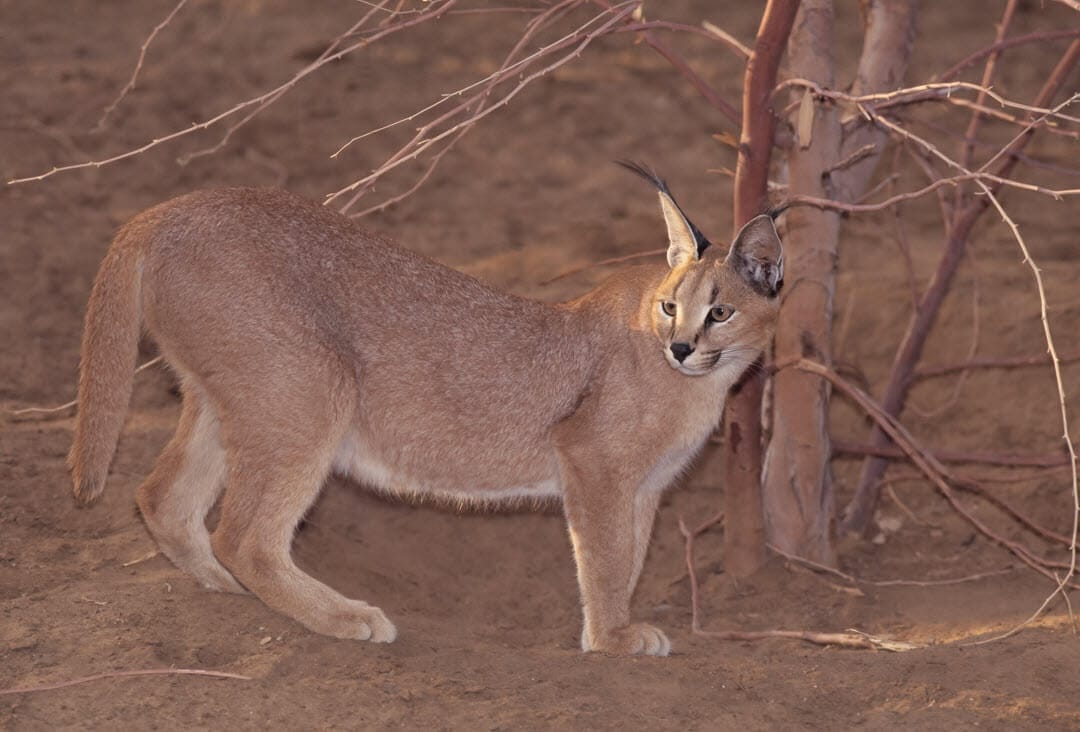
Research Quotes
“Caracal caracal is a slender, medium-sized cat characterized by a short tail and long ear tufts…no other African felid has distinct ear tufts. The body color is a uniform reddish brown in southern Africa…but can be sable in Asia and the Arabic peninsula...” 2020 Caracal caracal (Carnivora: Felidae) | Veals, Burnett et al.

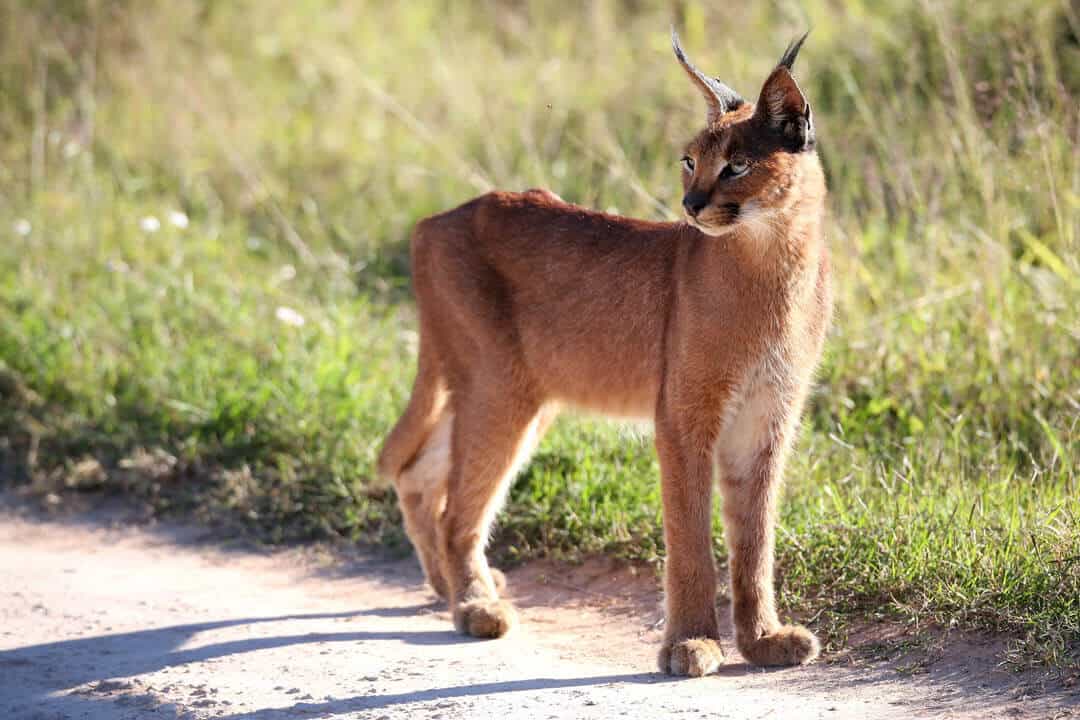


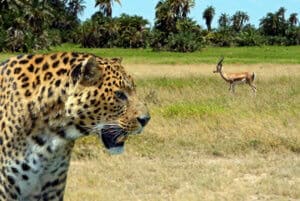



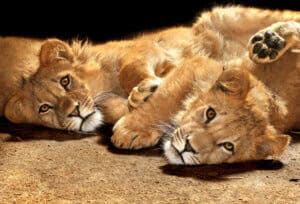
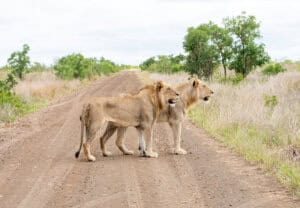



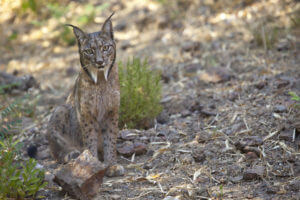




0 Comments